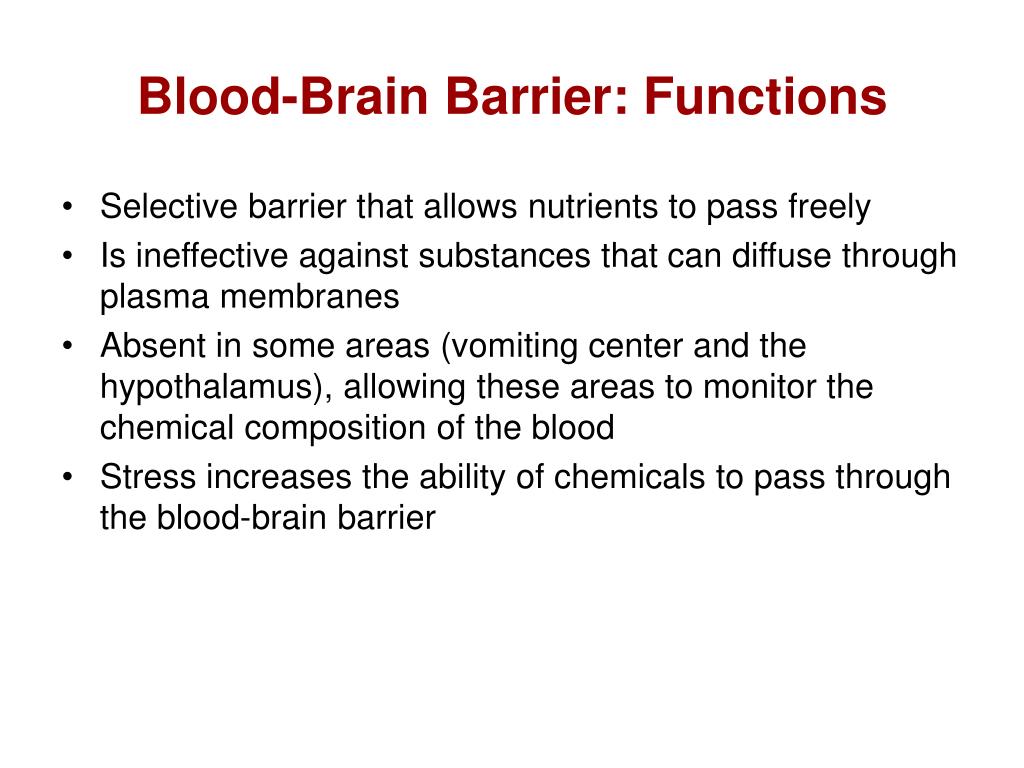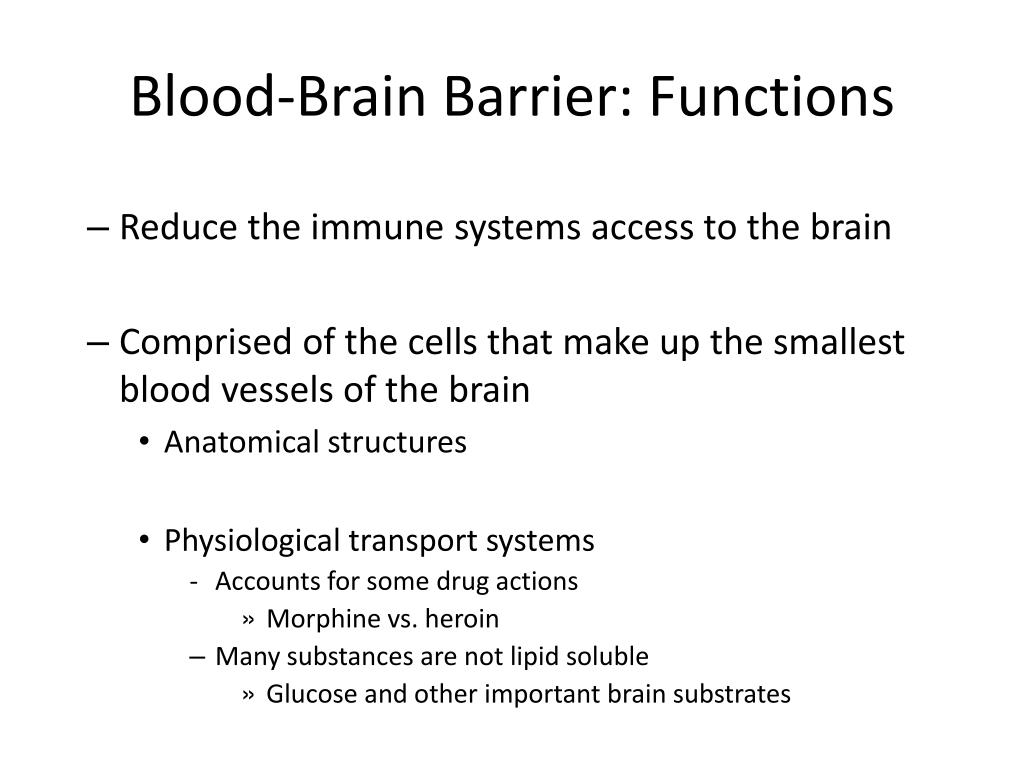

Breakdown in barrier function may be causing nervous system dysfunction, rather than being correlated with it or even a consequence of other damage.

That indicated that there is signaling happening in the blood-brain barrier that is beyond just the maintenance of the barrier function, says Haghighi. Under certain conditions, manipulation of Notch signaling affected how neurons fired, even though the blood-brain barrier remained intact. When the signal is blocked, not only is barrier function impaired, but the "fundamental work of the nervous system is affected," he says, including neurotransmitter release and muscle contractions. They discovered that Notch signaling in glia regulates the overall structure of the barrier. "We weren't planning on studying Notch, but we found it was the main player in the maintenance of the blood-brain barrier," says Haghighi. It is associated with human diseases of the vasculature, dementia and stroke. Notch is found in both fruit flies and humans. Using a genetic approach to look for what regulated expression of these enzymes, the team identified a pathway that is known as Notch signaling. The investigation began with a focus on enzymes called metalloproteinases because of their potential to be critical in interactions between glia and neurons. The key cells that provide a barrier for neurons in fruit flies are a specialized glia that function similarly to specialized endothelial cells that form the critical part of the blood brain barrier in higher vertebrates including humans. While fruit flies do not have the complexity of vertebrate blood-brain barriers, many of the properties are the same, in a system much easier to study. The team used fruit fly larvae for their study. The second function is what Haghighi's team revealed. Now imagine that beyond just being a security check, the gatekeeper also gives out directions about where to go and what to do. That is the job of the blood-brain barrier. Haghighi explains his team's findings as such: Imagine that there is a gatekeeper at a door that checks IDs and ensures that anyone entering is supposed to be there, and also checks the ID of those who entered through a back door and kicks out anyone not supposed to be there. The finding introduces a new conceptual approach to looking for therapies that could counter damage caused by neurodegenerative diseases, and devising strategies to get drugs past the blood-brain barrier to target sites in the brain. We are learning now that there is definitely a two-way street." "It can cause problems rather than simply being a byproduct of neurodegeneration.

"We are finding that the barrier is not just a protective check but also a source of regulation," Haghighi says. The breakdown of the blood-brain barrier accompanies many neurological conditions, including epilepsy and multiple sclerosis, and neurodegenerative diseases of aging, such as Alzheimer's disease and Parkinson's disease. Haghighi is the senior author of a study publishing in the Augissue of the Proceedings of the National Academy of Sciences (PNAS) that offers for the first time evidence, in fruit flies, that signals originating in the cells of the barrier also play a direct role in controlling what happens in the nerve cells the barrier is protecting.ĪLSO READ: Do you know your brain's neurons function even in sleep? New functions for blood-brain barrier in neuron function and damage: Research(Shutterstock) The results provide mechanistic insight into the biology of barrier function and glia-neuron interactions. SPG, the counterpart of the endothelial layer in the vertebrate blood-brain barrier, form the key cellular layer that is critical for axonal ensheathment and the blood-brain barrier in Drosophila.

Researchers have made a surprising discovery linking Delta/Notch signalling in subperineurial glia (SPG) to the regulation of nerve ensheathment and neurotransmitter release at the Drosophila neuromuscular junction (NMJ).


 0 kommentar(er)
0 kommentar(er)
